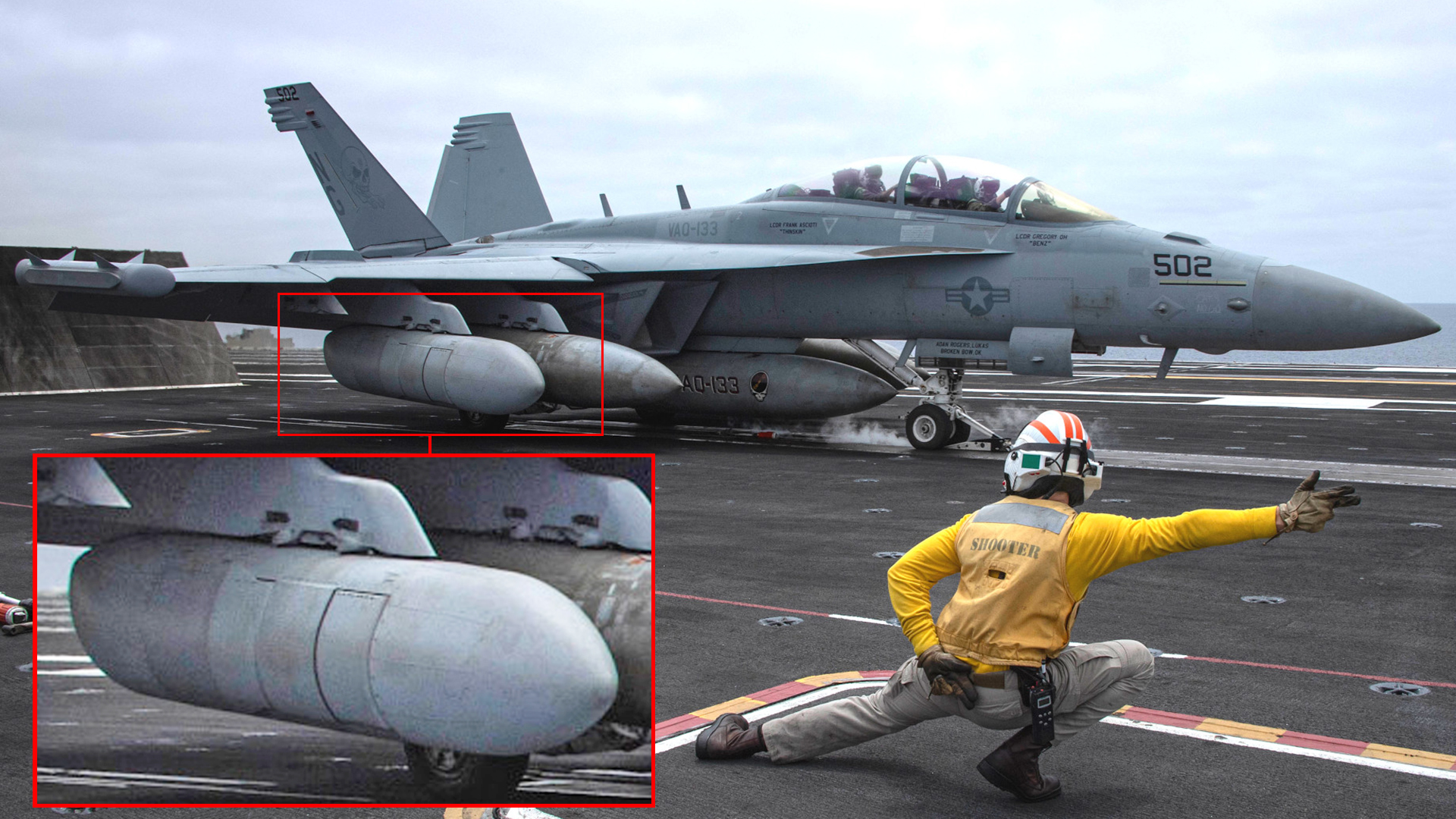The U.S. Navy supercarrier USS Abraham Lincoln is heading toward the Middle East with an air wing that includes EA-18G Growlers equipped with new AN/ALQ-249(V)1 Next Generation Jammer-Mid Band (NGJ-MB) electronic warfare pods. The pods, which appear to be on their first cruise, give the EA-18Gs a massive leap in improved jamming and electronic attack capabilities.
The Growlers with the NGJ-MB could see combat on their first major deployment as they could be valuable for supporting the U.S. response to any potential forthcoming Iranian retaliatory attacks aimed at Israel, as well as other U.S. or friendly interests in the region. If any escalation followed, including a more direct confrontation between the U.S. and Iran or even a scenario in which the U.S. supports Israeli operations with non-kinetic capabilities, the AN/ALQ-249 would be one of America’s most powerful weapons against Iranian air defenses.
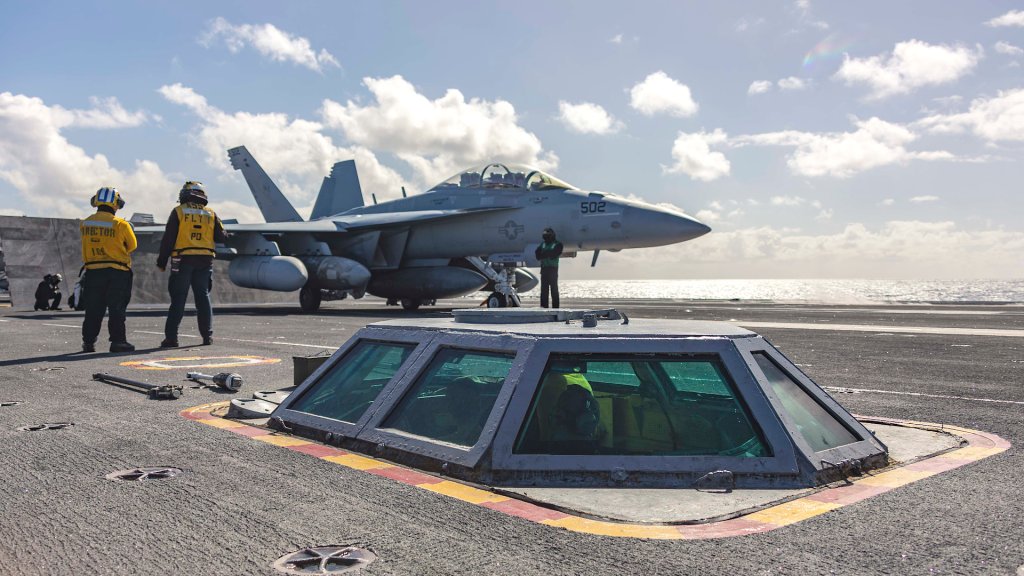
The Pentagon announced last Friday that it was sending Abraham Lincoln and the rest of its strike group, which is currently in the Western Pacific, further west. The purpose of the redeployment is ostensibly to relieve the USS Theodore Roosevelt Carrier Strike Group, which was last reported to be in or around the Gulf of Oman, and ensure a carrier presence in the Middle East. However, this comes amid a rush to bolster the U.S. military’s force posture across the region in advance of expected retaliation from Iran and its proxies against Israel, and potentially its allies and partners, for the assassination of the top political leader of the Palestinian terrorist group Hamas, Ismail Haniyeh, in Tehran last week.
The air wing on Abraham Lincoln, which first headed out on its planned Pacific deployment in July, includes EA-18Gs assigned to Electronic Attack Squadron 133 (VAQ-133), the “Wizards.” The flattop is also carrying a mix of F/A-18E/F Super Hornet fighters, E-2D Hawkeye airborne early warning and control aircraft, C-2 Greyhound carrier onboard delivery planes, and MH-60R/S Seahawk helicopters from various Navy units. A squadron of U.S. Marine Corps F-35C Joint Strike Fighters is embarked on the carrier, as well. The pairing of the Growler’s new jamming pod and the F-35C is especially potent when it comes to being able to penetrate advanced air defense networks.

How many AN/ALQ-249(V)1 pods are aboard Abraham Lincoln is unknown. At least three different VAQ-133 EA-18Gs have been seen on the carrier carrying a pair of the NGJ-MB pods since the strike group started working up to its deployment earlier in the year and after the flattop set out on its latest cruise. Growlers belonging to the Wizards have also been seen with the older AN/ALQ-99 Tactical Jamming System (TJS) pods that the NGJ-MB is, in part, set to replace.
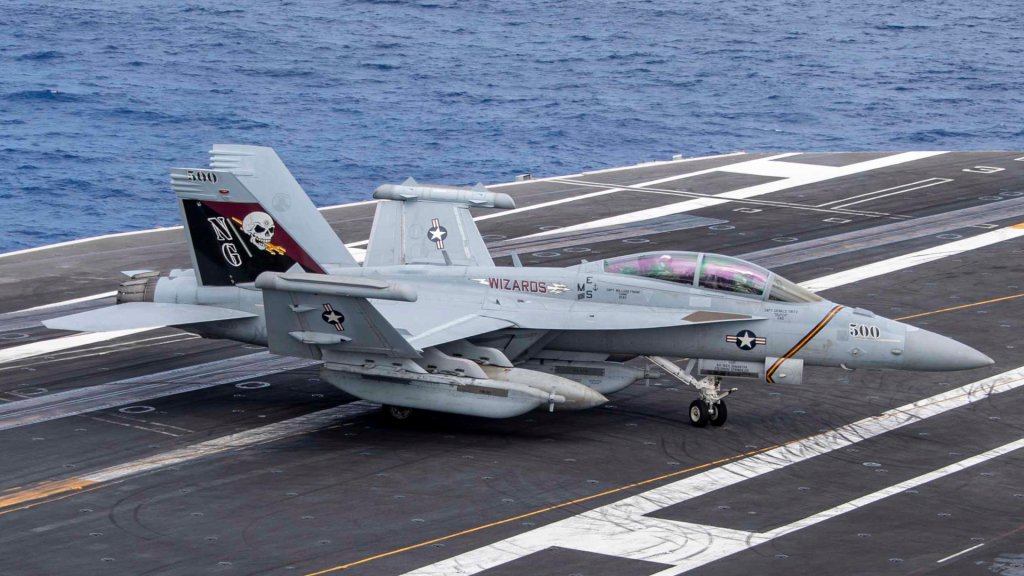
Navy officials told members of the House Armed Services Committee in April that three low-rate initial production (LRIP) “shipsets,” each comprising two AN/ALQ-249(V)1 pods, had been delivered by the end of 2023 and that a second tranche of LRIP pods began arriving at the beginning of this year. The goal at that time was to declare initial operational capability with the NGJ-MB and deploy it before the end of this current fiscal year, which ends on September 30. The NGJ-MB program has suffered a number of developmental difficulties and delays since the late 2010s, as you can read more about here. The War Zone has reached out to the Navy for more information.
Details about the AN/ALQ-249(V)1 pod’s capabilities are limited, but manufacturer Raytheon describes it as “an advanced electronic attack system that denies, disrupts and degrades enemy technology, including communication tools and air-defense systems,” on its website. Its capabilities include “operating at significantly enhanced ranges” and “attacking multiple targets simultaneously.”
The section on the NGJ-MB in the most recent annual report from the Pentagon’s Office of the Director of Operational Test and Evaluation says it “is designed to improve EA-18G capabilities against modern, advanced RF [radiofrequency] threats, communications, datalinks, and non-traditional RF targets.” The pods will offer the Navy a new way “to deny, degrade, or deceive the enemy’s use of the electromagnetic spectrum by employing both reactive and preemptive jamming techniques while enhancing the friendly force’s use of the electromagnetic spectrum,” that report adds.

The NGJ-MB’s use of active electronically scanned array (AESA) antennas, something not found on older AN/ALQ-99s, as well as its modular open architecture design could open the door to a variety of new and improved capabilities. This is something The War Zone has highlighted in the past, writing in a feature on the entire NGJ program:
“These additional capabilities could include giving the system a means to launch remote cyber attacks on hostile air defense networks, spoof the signature of the Growler or other friendly aircraft, conduct more advanced signals intelligence missions, or even destroy enemy emitters with a high-powered burst of microwave energy. AESA arrays also have a latent, but downright incredible communications capability that is just now being more deeply explored by the services.”
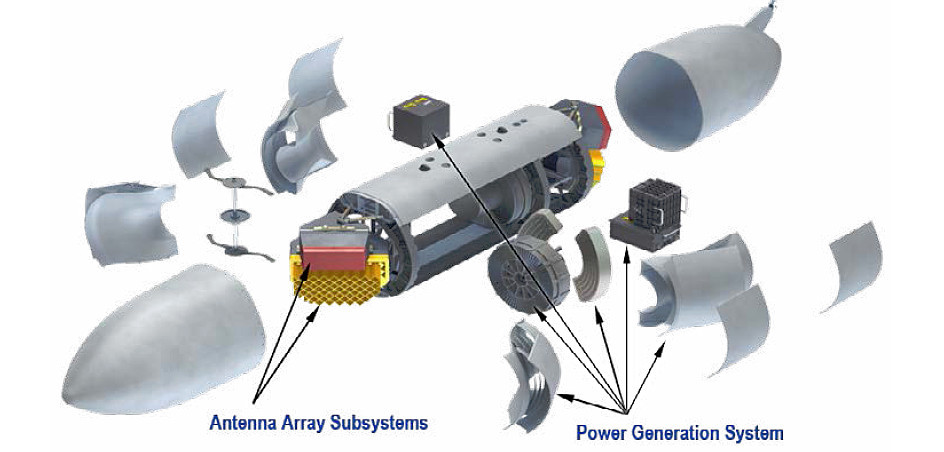
It is important to note that as its name indicates, the NGJ-MB pods are only designed to work in certain frequency bands. L3 and Northrop Grumman have been developing an entirely separate NGJ-Low Band (NGJ-LB) pod to complement the mid-band ones. The Navy is also looking to give the NGJ-MB greater coverage in higher frequency bands, which is now set to lead to an NGJ-MB Extended (MBX) subvariant. The service has talked in the past about acquiring a dedicated high-band NGJ pod, as well. There are high and low-band versions of the existing AN/ALQ-99.

The improvements the NGJ-MBs offer over the AN/ALQ-99s could by themselves still be very valuable to U.S. forces in the Middle East. In addition, since the U.S. Air Force retired the EF-111A in 1998, the U.S. Navy has been the only operator of dedicated fast-jet tactical electronic warfare capability within the U.S. military, and is therefore tasked with providing such support across the branches.
During a major attack by Iran, Growlers could work to disrupt hostile communications and maybe even certain enemy weapon systems, possibly including drones in flight, with non-kinetic electronic warfare attacks. During past U.S. operations in Afghanistan and Iraq, it emerged that EA-18Gs, as well as the EA-6B Prowlers they replaced, had been using their electronic warfare suites to prevent militants from remotely detonating improvised explosive devices. The bottom line is that these new pods have capabilities we do not know anything about and the tactics behind their use are rapidly evolving.
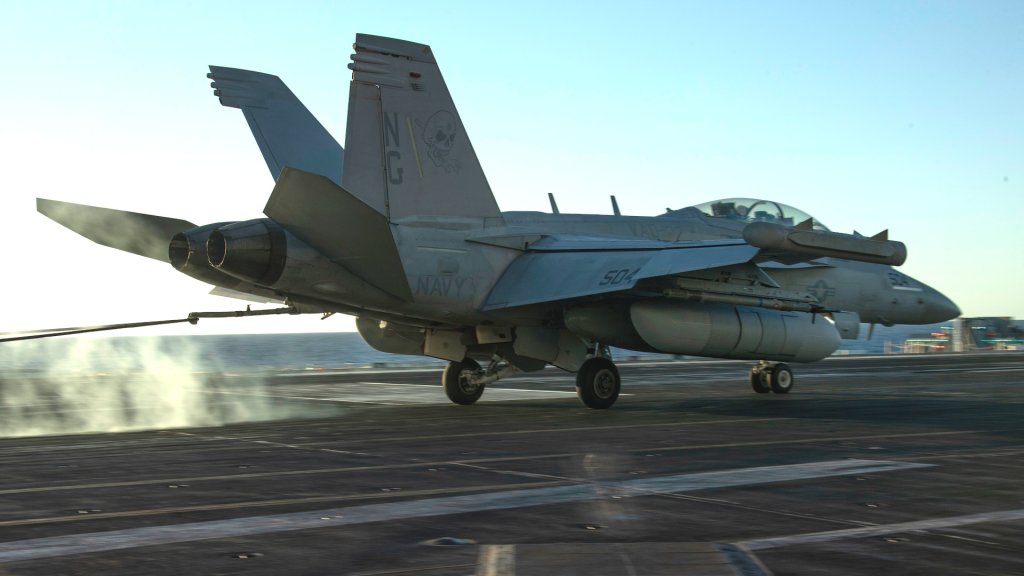
As already noted, the combination of the EA-18G and the NGJ-MB would be especially useful for helping to safeguard U.S. and other friendly forces, as well as standoff weapons, from Iranian air defenses in the event that a broader regional conflict erupts. Lincoln’s embarked stealthy F-35Cs, a type of aircraft not found on the USS Theodore Roosevelt currently in the Middle East, would play a key part in such a scenario, as well. Unsurprisingly, providing jamming support while directly escorting aircraft penetrating into hostile territory, as well as while operating from a stand-off distance, are key missions for the EA-18G, including with the new pods.

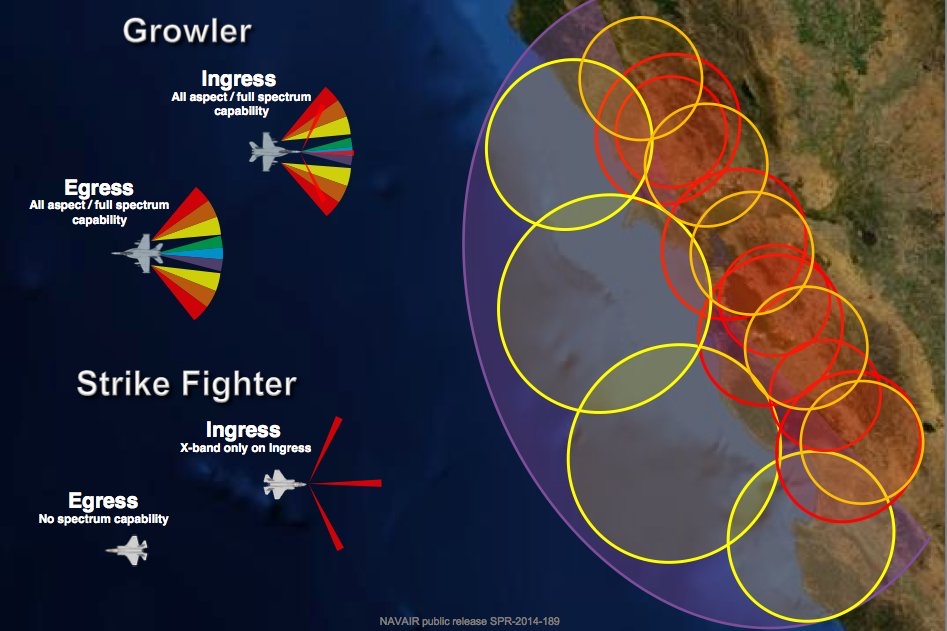
Navy EA-18Gs are also capable of launching kinetic attacks against targets on the ground using the AGM-88 family of missiles and in the air with AIM-120 missiles. The jets can now carry more AIM-120s during a single sortie than before thanks to a crash program in response to the ongoing crisis in and around the Red Sea.
An EA-18G assigned to VAQ-130, the “Zappers,” executed the type’s first successful air-to-air engagement, downing what was likely a Houthi drone with an AIM-120, during a historic nine-month deployment with the USS Dwight D. Eisenhower‘s carrier strike group in the Red Sea and elsewhere around the Middle East that wrapped up in July. During that same cruise, another VAQ-130 Growler also destroyed an Mi-24/35-series attack helicopter on the ground in Yemen with an AGM-88E, which is capable of hitting time-sensitive, not radiating targets, earning it an unusual kill marking.
Growlers equipped with AN/ALQ-249(V)1s are now headed toward the Middle East, where they can at least expect to fly sorties as part of ongoing operation against the Houthis in and around the Red Sea. We only hope the full capabilities of the pods are not needed for a larger confrontation with Iran. If they are, they represent the most advanced tactical airborne EW capability known to the public and would be a major threat to Iranian air defenses.
Contact the author: joe@twz.com
